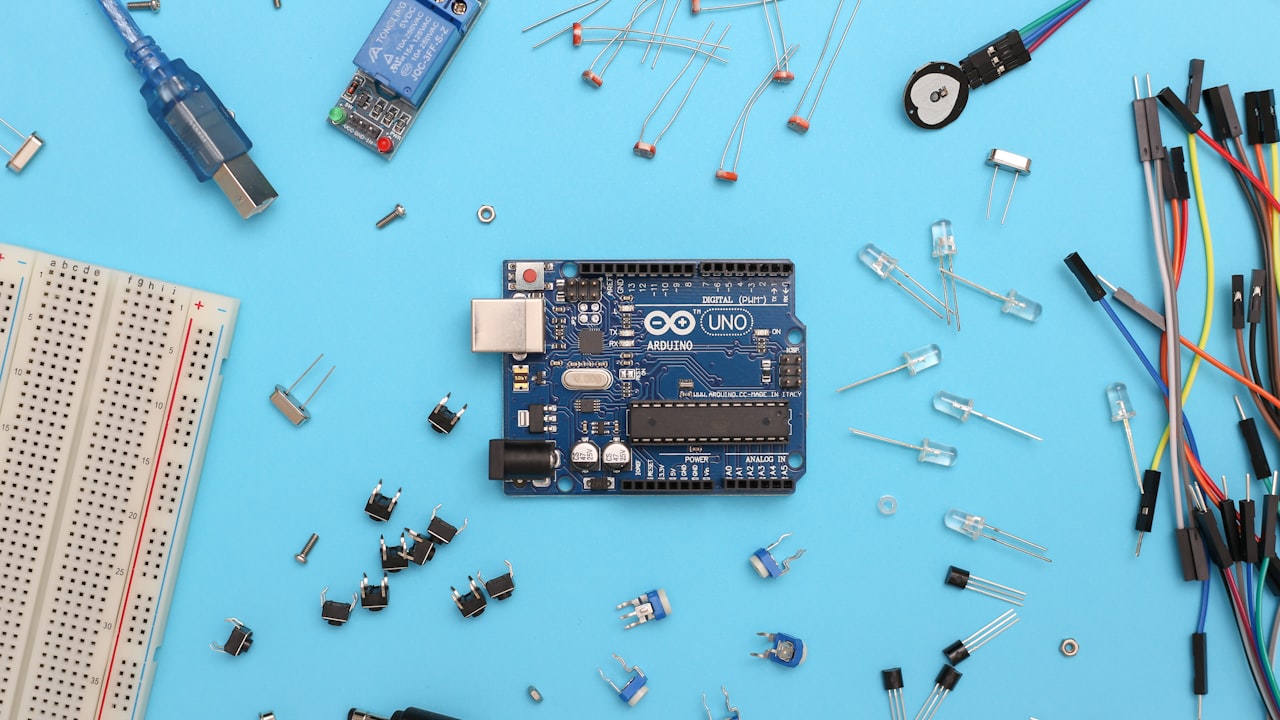The iPhone connector, a vital component of Apple’s ecosystem, has evolved significantly, illustrating Apple’s dedication to innovation and consumer ease. This ingenious innovation allows users to enter the connector in any orientation, a tiny but significant change that improves the user experience by removing the annoyance of attempting to plug in the cable the “right” way.
The Lightning connector serves several functions, including charging iPhones, transferring data between devices and computers, and providing audio output for headphones and other peripherals. Its versatility and interoperability have propelled it to the forefront of Apple’s device connectivity strategy.
The iPhone connector has evolved to meet evolving industry standards over time. While the majority of Apple products have been Lightning-based, others, such as certain iPad Pro models, have incorporated USB-C ports. XREAL show details of iPhone connectors. This adaptability demonstrates Apple’s responsiveness to evolving technologies and its commitment to ensuring people can interact with their devices easily.
Lightning Cables and Accessories Proprietary
The world of smartphones is characterized by a plethora of charging cords and accessories, each designed to meet the specific needs of various handsets. In this article, we’ll look at the exclusive nature of Lightning cables and accessories and shed light on the technology, its evolution, and the influence it has on users and the broader tech sector.
The Genesis of the Lightning Connector
Apple presented the Lightning Connector, a revolutionary shift from the 30-pin dock connector. This tiny and reversible architecture signifies a significant advancement in device communication. Apple’s Lightning Connector set a new benchmark for simplicity and versatility, highlighting the company’s continued commitment to pushing technological limits and improving the interface between people and their devices.
Reversibility and Versatility
The Lightning connector’s reversibility is one of its most notable properties. The Lightning connector, unlike its predecessor and many other connectors on the market, may be put into a device in either position, providing consumers with a more convenient and frustration-free experience. This seemingly minor design change illustrates Apple’s focus on user experience and commitment to distinguishing its products from the competition.
Apple’s Proprietary Ecosystem
The Lightning connector, as well as the cords and accessories that go with it, are critical components of Apple’s unique ecosystem. Apple has long been known for its closely integrated hardware and software environments. The Lightning connector is critical in this ecosystem because it allows Apple devices to communicate with one another. This integration is useful for customers who own many Apple products since it allows them to share accessories like chargers and headphones across devices.
Certification and Third-Party Accessories
While Apple’s Lightning connector is proprietary, third-party manufacturers can make authorized accessories. This certification system, however, is stringent, and not all third-party items match Apple’s requirements. Users are encouraged to utilize certified accessories to guarantee a dependable and secure experience while limiting the risk of device damage.
Charging Standards and Fast Charging
The Lightning connector is compatible with a variety of charging standards, allowing customers to charge their devices with a variety of power adapters. Furthermore, the arrival of USB-C on select Apple devices has opened the door to quicker charging. Users can accelerate charging by using USB-C to lightning connections and suitable power adapters. This shift towards faster charging is consistent with industry trends and responds to user expectations for faster and more efficient charging solutions.
Wireless Alternatives and the Future
Wireless charging has become a key component in the smartphone landscape as technology continues to advance. Apple, too, has embraced wireless charging for its iPhones, allowing consumers to charge without using cords. While the Lightning connector remains fundamental to many elements of iPhone communication, the rise of wireless charging portends a future shift in how customers interact with their smartphones.
Challenges and Controversies
The Lightning Connector’s one-of-a-kind character has not been without challenges and debate. Critics argue that Apple’s closed ecosystem limits consumer choice and fosters dependency on Apple-manufactured accessories. Furthermore, authorized accessories may be more expensive than non-certified alternatives, raising concerns about accessibility and affordability for some users.
Remarks
The Lightning connector and its related cables and accessories are critical components of Apple’s ecosystem, contributing to the company’s distinctive user experience. While the unique nature of the Lightning connector has created discussion, it has also permitted a tightly linked ecosystem that many Apple users find desirable. Whether you employ the Lightning connector or adopt new standards, it represents Apple’s commitment to innovation and user-centered design.
